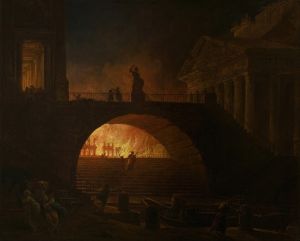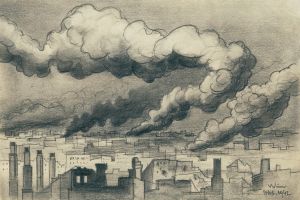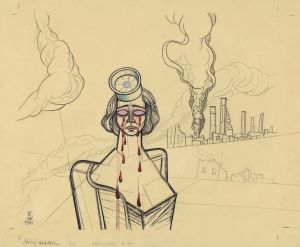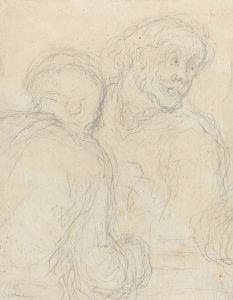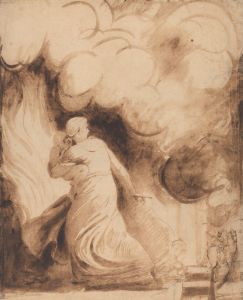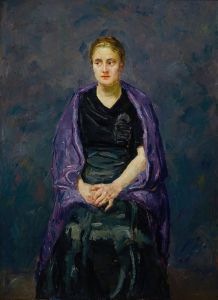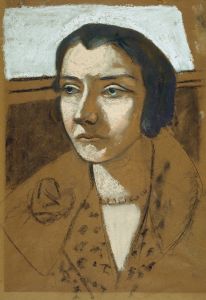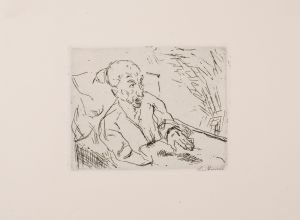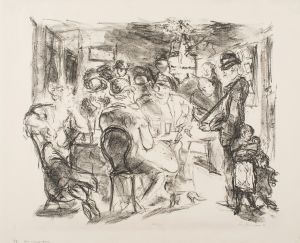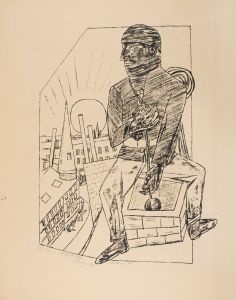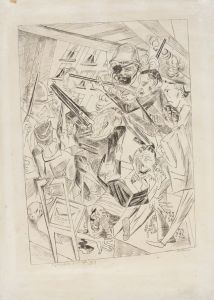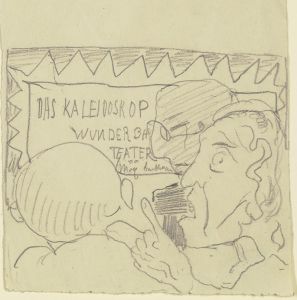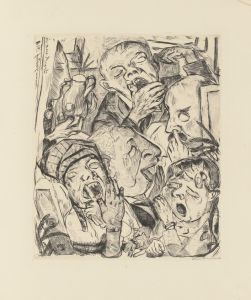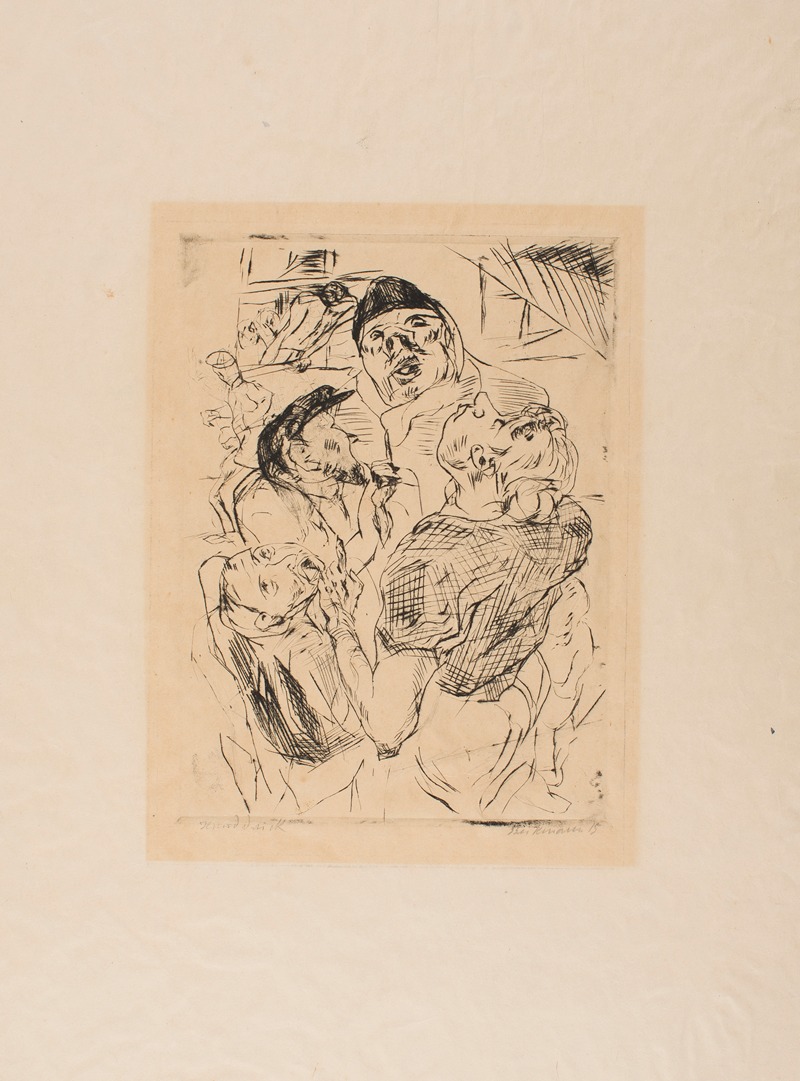
Aerial Bombardment
A hand-painted replica of Max Beckmann’s masterpiece Aerial Bombardment, meticulously crafted by professional artists to capture the true essence of the original. Each piece is created with museum-quality canvas and rare mineral pigments, carefully painted by experienced artists with delicate brushstrokes and rich, layered colors to perfectly recreate the texture of the original artwork. Unlike machine-printed reproductions, this hand-painted version brings the painting to life, infused with the artist’s emotions and skill in every stroke. Whether for personal collection or home decoration, it instantly elevates the artistic atmosphere of any space.
Max Beckmann's painting "Aerial Bombardment" is a significant work that reflects the artist's response to the traumatic events of his time. Max Beckmann (1884-1950) was a German painter, draftsman, printmaker, sculptor, and writer. He is widely regarded as one of the most important artists of the 20th century, known for his powerful and often disturbing depictions of the human condition.
"Aerial Bombardment" was created in 1944, during the final years of World War II. This period was marked by intense and widespread aerial bombings, particularly in Europe, where cities were heavily targeted. Beckmann, who had experienced the horrors of both World Wars, used his art to convey the chaos, destruction, and human suffering caused by these bombings.
The painting is executed in Beckmann's distinctive style, characterized by bold lines, stark contrasts, and a sense of dramatic intensity. It depicts a chaotic scene of destruction, with buildings in ruins and figures in distress. The composition is dense and dynamic, capturing the sense of urgency and panic that accompanies such catastrophic events. Beckmann's use of color is also notable, with dark, somber tones dominating the canvas, reflecting the grim reality of war.
Beckmann's work often contains symbolic elements, and "Aerial Bombardment" is no exception. The figures in the painting can be seen as representations of the innocent civilians caught in the crossfire of war, their suffering and despair vividly portrayed. The fragmented and distorted forms suggest the disintegration of society and the breakdown of order in the face of relentless violence.
The painting also reflects Beckmann's personal experiences and his deep sense of disillusionment with the world. Having served as a medical orderly during World War I, Beckmann was profoundly affected by the brutality and senselessness of war. His later works, including "Aerial Bombardment," can be seen as a response to the ongoing conflict and a critique of the destructive forces at play in the world.
"Aerial Bombardment" is part of Beckmann's broader body of work that addresses themes of war, suffering, and the human condition. His paintings often convey a sense of existential angst and a search for meaning in a world marked by chaos and destruction. Beckmann's art continues to be celebrated for its emotional depth, technical mastery, and its ability to capture the complexities of the human experience.
Today, "Aerial Bombardment" is recognized as an important historical and artistic document, offering insight into the impact of World War II on both individuals and society as a whole. Beckmann's work remains relevant, reminding us of the enduring consequences of conflict and the resilience of the human spirit in the face of adversity.






